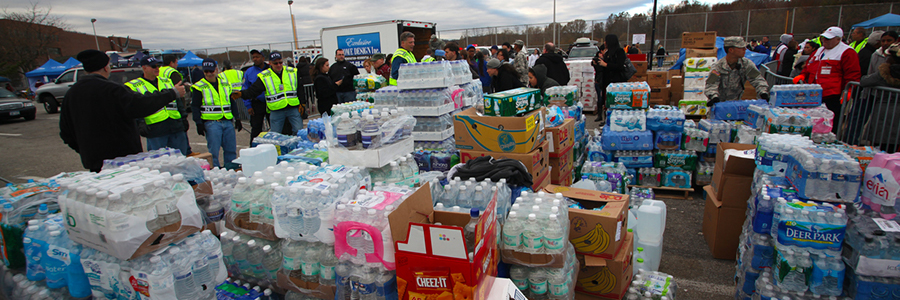Tackling Disasters and Pandemics Together with Laws and Policies that Leave No One Behind
An Update on Recent Developments in International Disaster Law


Introduction

Unprecedented Pandemic and Splintered Global Response
With 182 countries reporting 6,663,304 confirmed cases with 392,802 deaths (as of Jun. 6, 2020) and activating various national emergency measures, the outbreak of novel coronavirus in 2020 stands to be recorded as the worst global health disaster in recent history.

I. Introduction

As the coronavirus Covid-19 pandemic sweeps across the globe, executive branches of governments have been exercising public health emergency powers.[1] While many of the extraordinary measures taken under the emergency power are essential to the containment of the virus, such power is subject to potential misuse. This Insight examines the human rights implications of exercising public health emergency powers in the particular context of asylum seekers waiting at a border.

Preventing or managing a global pandemic such as COVID-19 requires states to strictly comply with the World Health Organization's International Health Regulations 2005 (IHRs). However, like many multilateral environment agreements, the IHRs lack a strong dispute resolution mechanism to enhance state compliance. To bridge that gap, states have incorporated several environmental conventions into free trade agreements (FTAs) over the past fifteen years.

